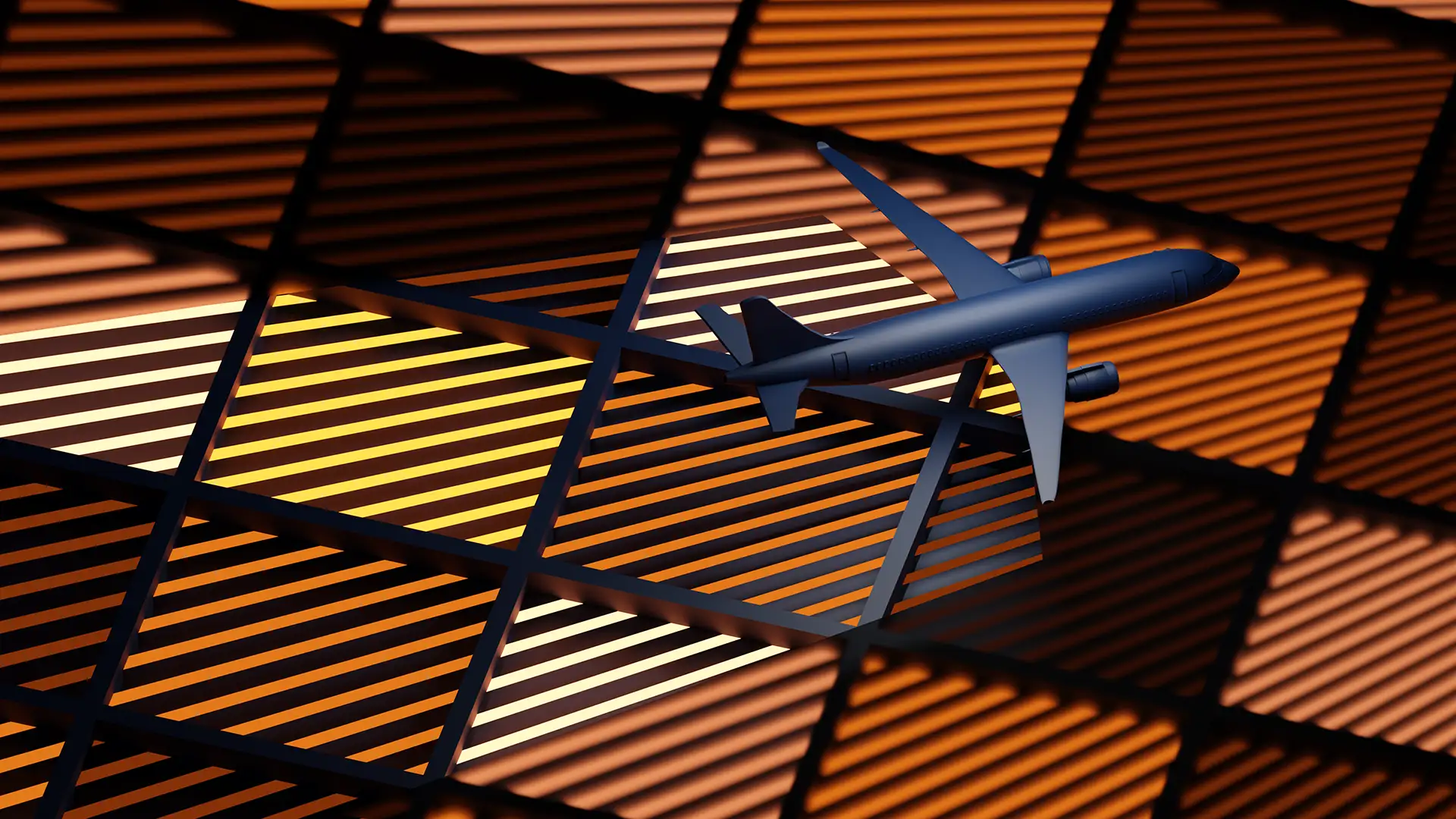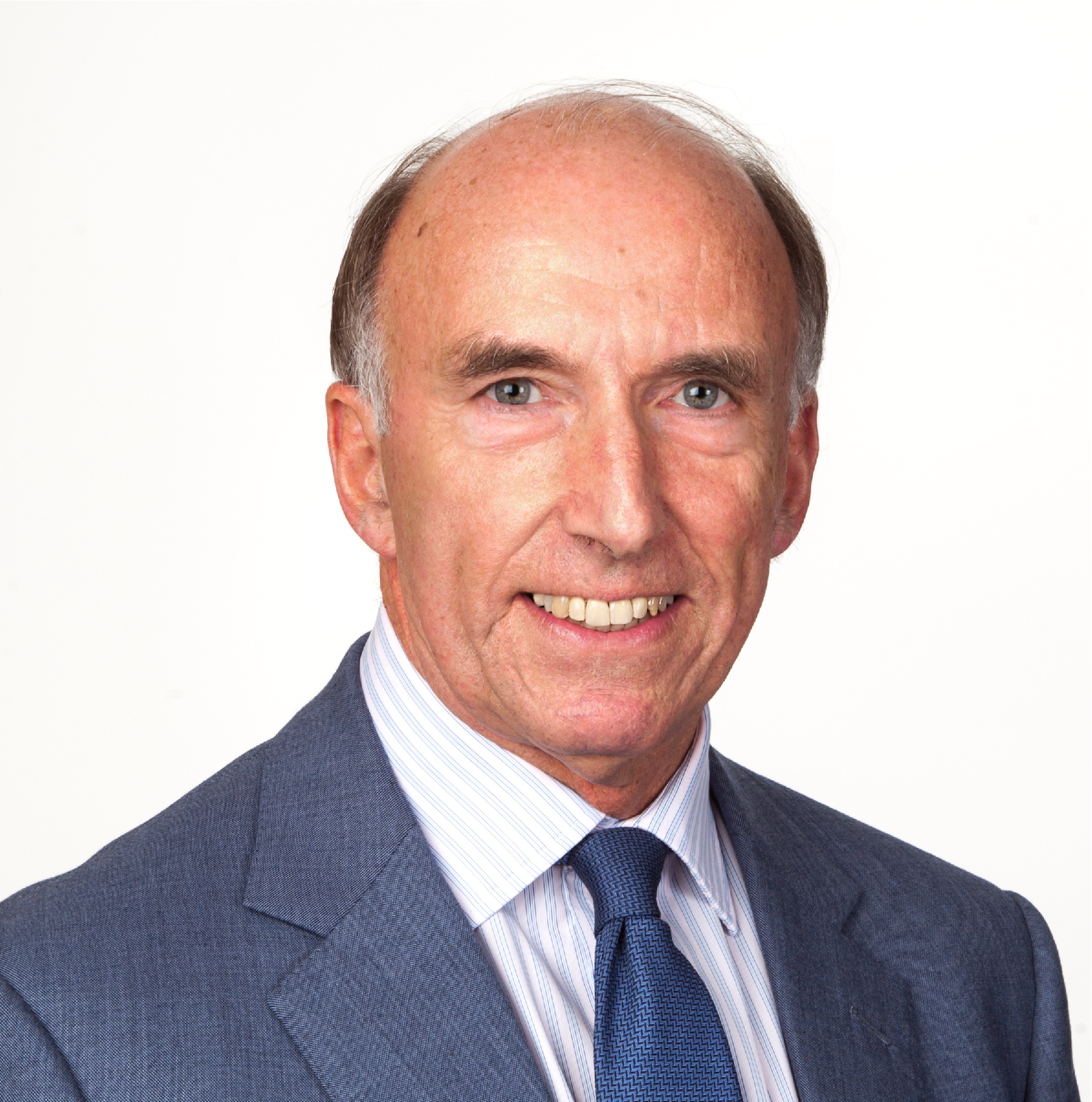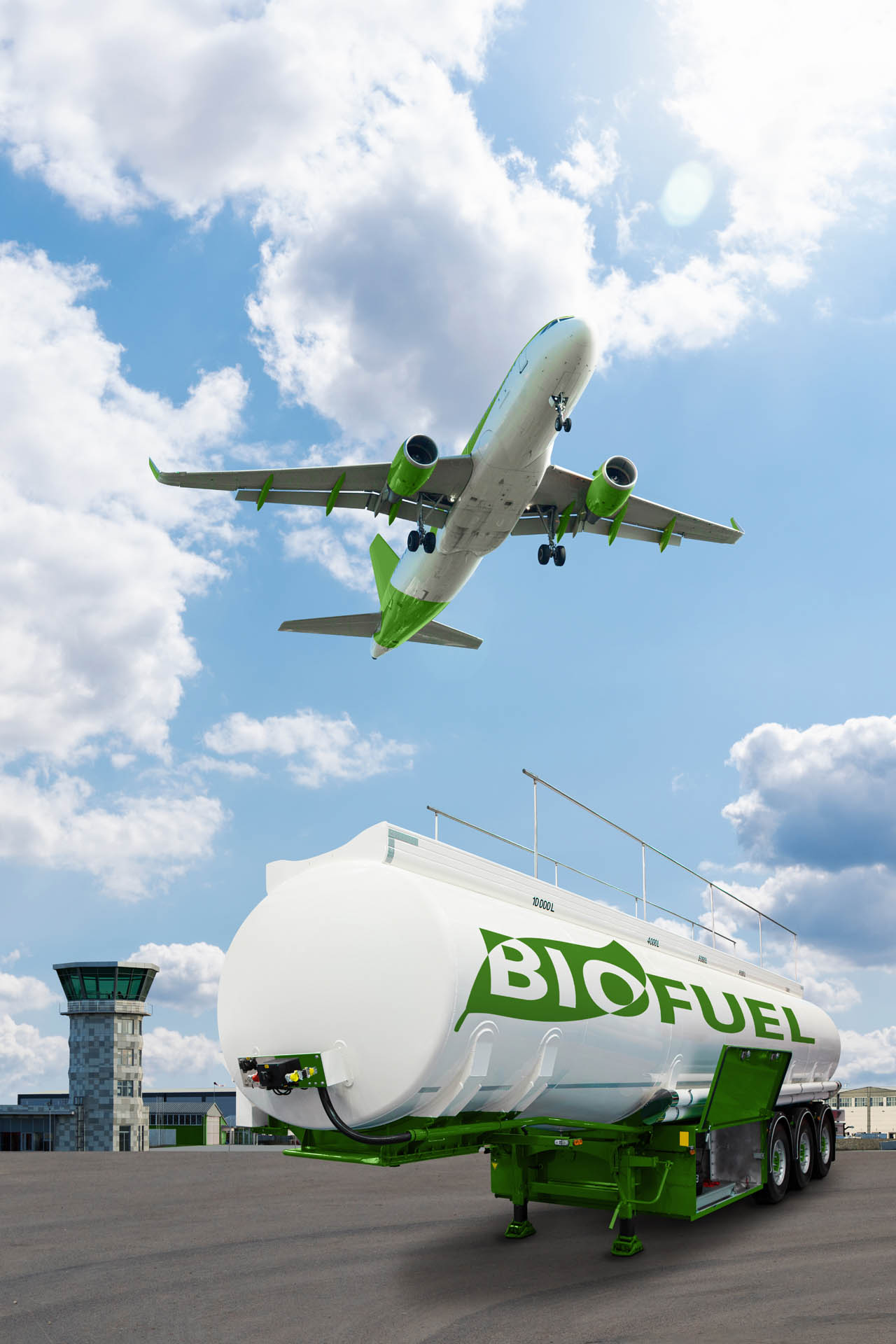Aviation is a key driver for connecting EU regions, boosting development and the growth for the economy as a whole. However, at the time of the energy transition, nothing has been done so far to regulate alternative and clean fuels that have emerged in the past decade. With so much focus on the emissions generated by the transport sector, the significance and visibility of the aviation sector put it firmly in the spotlight. Every player in the air transport sector knows there is a huge challenge ahead, as the technology does not currently exist to electrify large-scale aircraft. But while we have not yet developed an emissions-free flying system to replace the jet, we can mitigate aviation’s carbon footprint. Using sustainable aviation fuel (SAF) can cut emissions considerably, contributing to Europe’s green transition.
What is SAF? These are advanced biofuels with similar chemistry to traditional fossil jet fuel but made from sustainable feedstocks. They use cooking oil and other non-palm waste oils from animals or plants; solid waste such as packaging, paper, textiles; and food scraps that would otherwise go to landfill or incineration. SAFs can be blended with kerosene, the conventional jet fuel, without requiring changes to the aircraft engine. In tests, SAF can cut up to 80% in carbon emissions compared to the kerosene it replaces. This would significantly reduce aircraft emissions.
But as impressive as those numbers are, SAF still faces challenges.
Make & do
SAF is more expensive than conventional fuels, partly because it is relatively new and represents only 0.05% of total jet fuel consumption, so supply needs to be scaled up. While most jet engine systems can run on synthetically derived low-carbon fuels, air transport faces shortages in demand based in part on the high costs associated with manufacturing such fuels. One of the biggest barriers behind these issues of limited supply and demand is that there is currently no clear regulatory framework in the EU. This has resulted in diverging national SAF regulations that impede the rollout of unblended SAF across the bloc, hereby hindering the proper functioning of the Single Market.
To illustrate, Germany is concentrating on Power-to-Liquid-kerosine (PtL-kerosene) based on green hydrogen and sets a target of 200.000t in German aviation traffic until 2030. In France, SAF incorporation targets (1% from 2022, 2 % in 2025 and 5 % in 2030) align with the percentage targets that have been proposed on EU level. These two examples show a clear difference in approach: France has chosen %-goals, while Germany has opted for a goal in absolute numbers. Regarding SAF specifically, France does not focus on a specific SAF, but Germany concentrates on PtL-kerosene.
In the past decade, airlines have used SAF on thousands of flights, blended it with kerosene, however, most airlines still only use SAF in small proportions in blends. This is partly due to the aforementioned regulatory divergences between Member States and partly because current International Air Transport Association (IATA) regulations limit biofuel to 50% of any blend with kerosene.
These barriers frustrate those who want to go further and faster in making flying greener.
ReFuelEU Aviation
The European Commission has already indicated in its ReFuelEU proposal that it wants to impose a blending mandate to progressively switch to SAF. If agreed, the new regulation would scale up the use of SAFs from 5% in 2030 to 20% in 2035 and 63% in 2050. We welcome these concrete targets for SAF incorporation and would encourage a higher staring point of 10% in 2030. This would create even stronger incentives for the massive investments needed to scale up production.

In order to avoid a fragmentation of the developing SAF market in Europe, it is important that national strategies to support SAF are strongly aligned with the European targets. Besides the concrete targets, in order to successfully scale up SAF, more public funding is needed. Therefore, ReFuelEU should include a reference to SAF funding opportunities on European level. Contracts for Difference for the production of e-fuels from renewable energy and Carbon Contracts for Difference for the end-users of SAF are an example for helpful financial instruments.
For its part, Rolls-Royce feels a responsibility to advocate and accelerate the availability of alternative fuels, and its ongoing and intensifying SAF tests are part of this. Their current engines can already operate with 100% SAF.
Aviation keeps the world connected, but it must become sustainable. SAF could be a vital ingredient in the green transition. Moving away from traditional fossil fuels could make a huge contribution towards making the EU net-zero carbon in aviation. If the EU enables a harmonised framework that allows SAF production to be scaled up, it can make a real difference for our planet.
SAF can cut up to 80% in carbon emissions compared to the kerosene it replaces. This would significantly reduce aircraft emissions.
The new regulation would scale up the use of SAFs from 5% in 2030 to 20% in 2035 and 63% in 2050. We would encourage a higher staring point of 10% in 2030.

